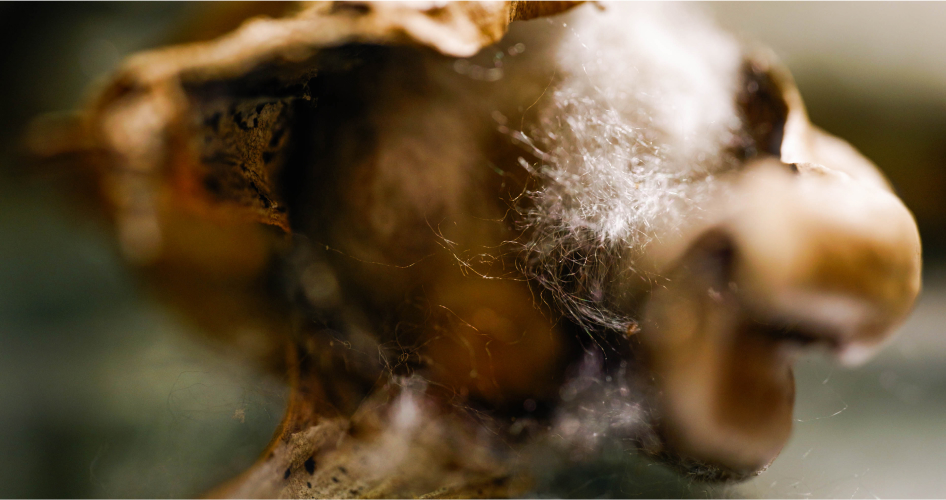Who We Are - Our Land, Our Story
Identity is built on local awareness. Between similarities and differences, individuals attempt to define their connections to the collective. Among hundreds of exhibits, Thousand Fields Seed Museum explains how this land embraces the world. Tu Xing Studio collects soil, and integrates local features into international works. CHIMEI Cultural Foundation supports local artists, collects artworks, and organizes exhibitions to bridge Taiwan and the world. These collections introduce Taiwan in various dimensions, and connect our unique identity to the world.

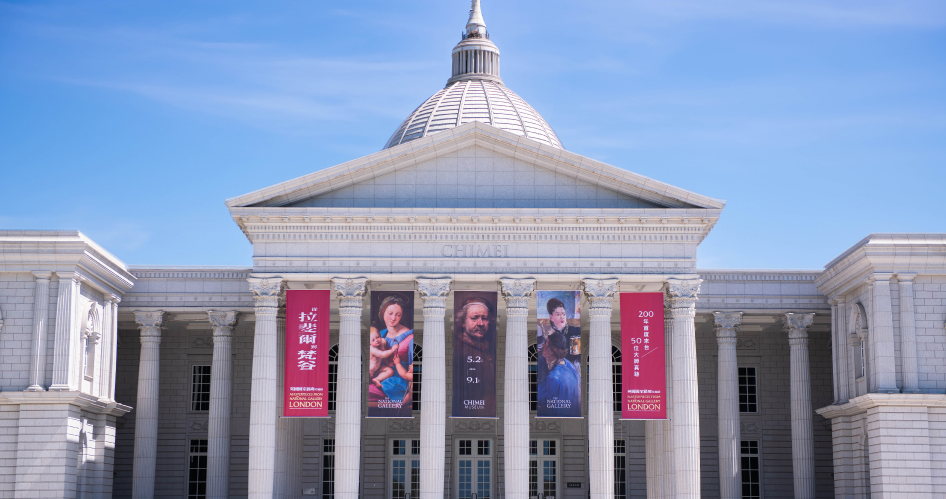

Collecting Locally, Creating Internationally
Based in Tainan, Tu Xing Studio's Original Earth Project collects soil from across Taiwan, conducting analysis and documentation. The soil is then fired at different temperatures and ratios to discover its unique properties, showcasing the rich diversity of Taiwan's soil. The collaborative project involves domestic and international artists who, through their creations, explore local characteristics from environmental and cultural perspectives, deepening the understanding of Taiwan.
Using soil to rediscover the land and establish a connection between people and the environment; ceramics carry stories to share Taiwan with the world.
"We step on the soft, wet earth, and from the moment we make contact, we are already shaping it."Clay is earth, and earth is the medium and starting point for understanding the land. The process of understanding the land is also the process of establishing connections and understanding life.

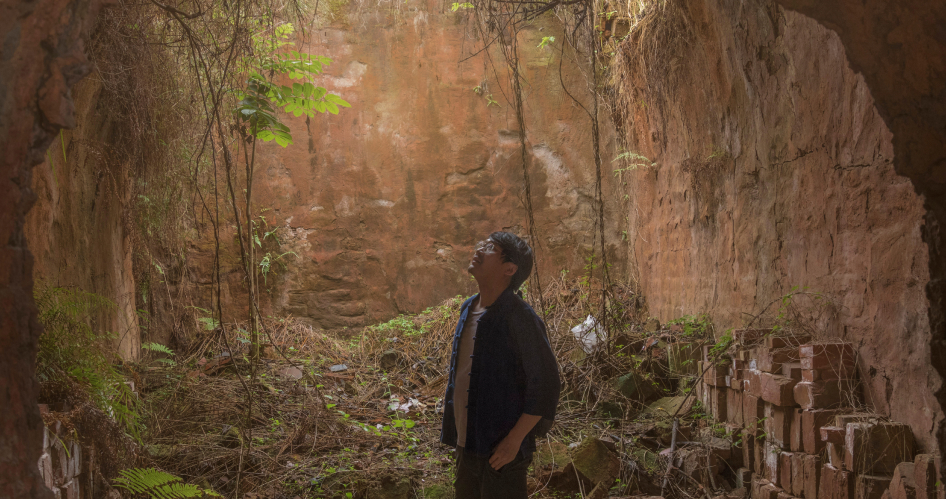

Building a Bridge Between Taiwan and the World
The CHIMEI Cultural Foundation focuses on supporting the arts in Taiwan through initiatives like the CHIMEI Arts Award, which nurtures young artistic talent, allowing them to create with peace of mind and helping many artists achieve international acclaim. The foundation also lends its collection of century-old violins, bringing these treasures out of the museum and onto the international stage with Taiwanese musicians, resonating with audiences worldwide.
CHIMEI Museum introduces major international exhibitions, offering the public the opportunity to experience the beauty and emotion of art firsthand, broadening their cultural horizons.
Whether it’s nurturing local talent, resonating melodies on the international stage, or the aesthetic feast of international exhibitions, CHIMEI is building bridges between Taiwan and the world through art. Art serves as the bridge connecting Taiwan with the world.
"This award isn't about expecting these young people to give back to CHIMEI once they’ve achieved success; the most important thing is to pass on this spirit and contribute to society." Starting from a desire to give back to society, CHIMEI connects Taiwan with the world through art, planting seeds of generosity in the hearts of many.
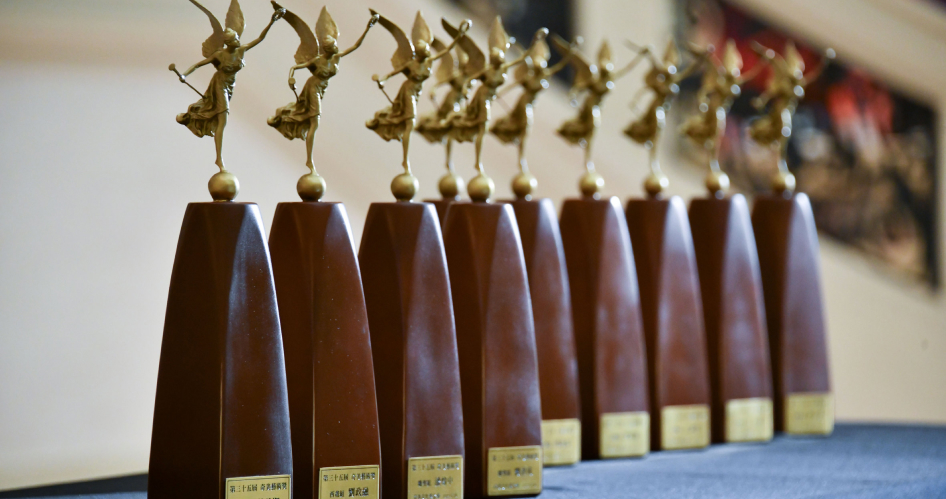
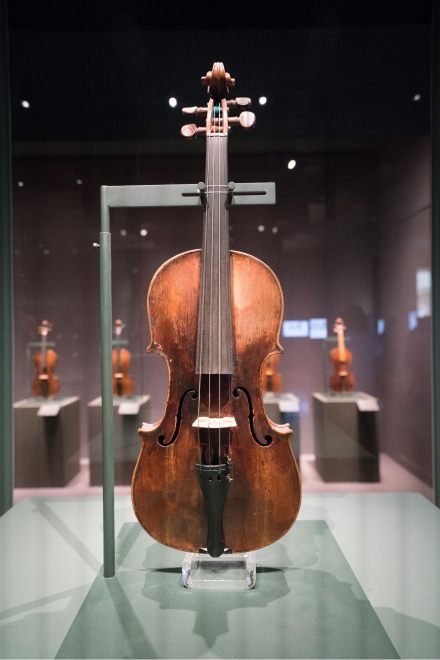
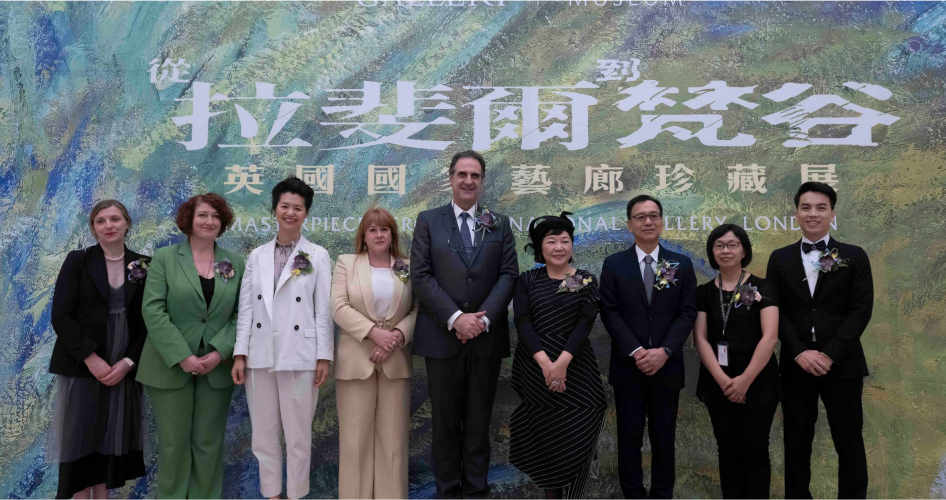
The Diversity and Inclusiveness of Taiwan’s Land
The Thousand Fields Seed Museum has collected over 500 species of seeds from southern Taiwan. Due to Taiwan’s history and geography, many foreign plants introduced during the Age of Exploration first landed on the shores of Tainan. Taiwan's diverse terrain and climate have welcomed these seeds, allowing them to take root, thrive, and become part of Taiwan.
Through seeds, we can see the diversity of Taiwan’s land and its openness to the world.
"The diverse climate and terrain have given Taiwan's land a high degree of inclusiveness." Seeds from distant lands have found a home here, taking root and thriving. Taiwan’s inclusiveness extends beyond accommodating the world’s species; it also fosters the unique diversity of Taiwan’s culture.

